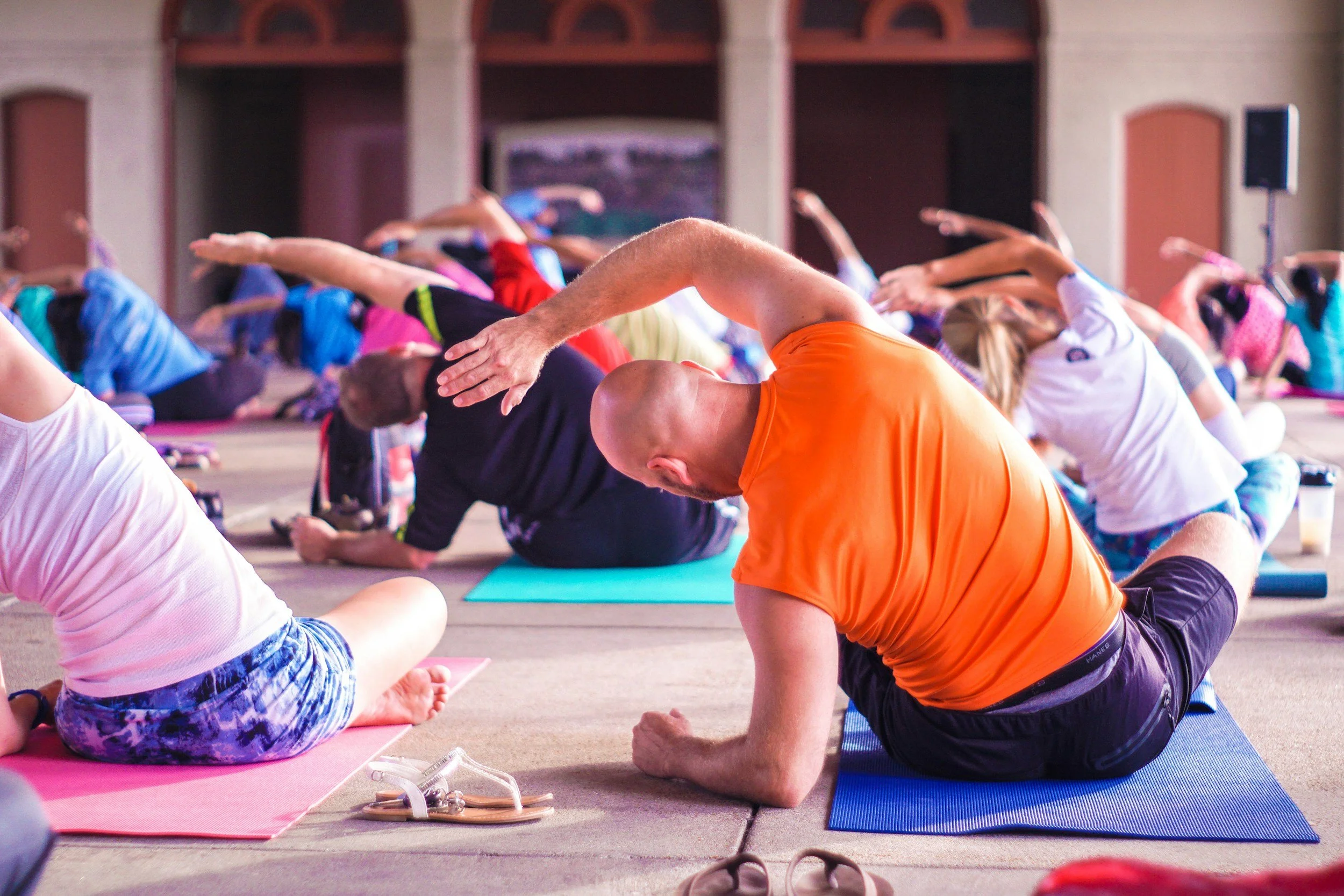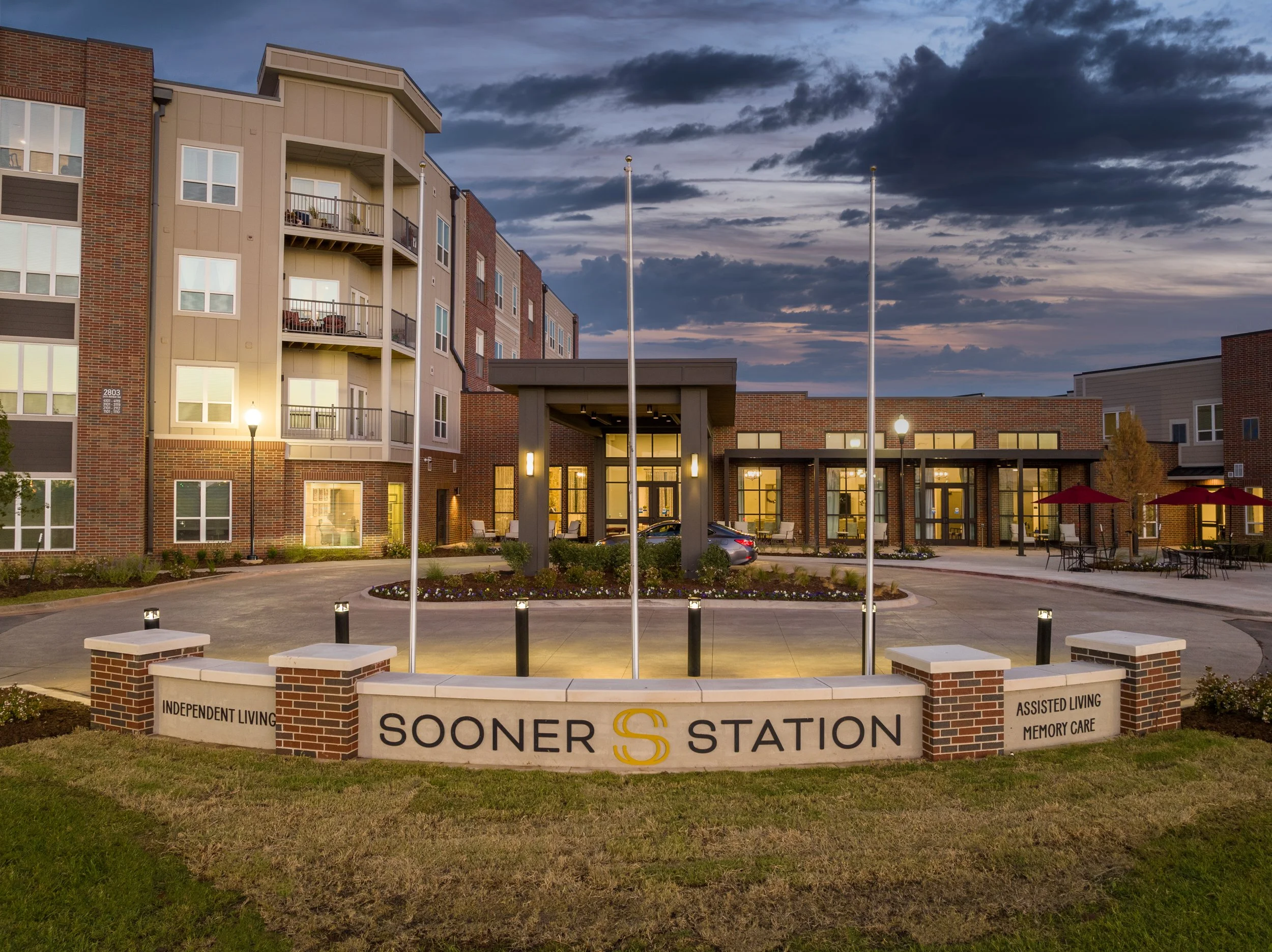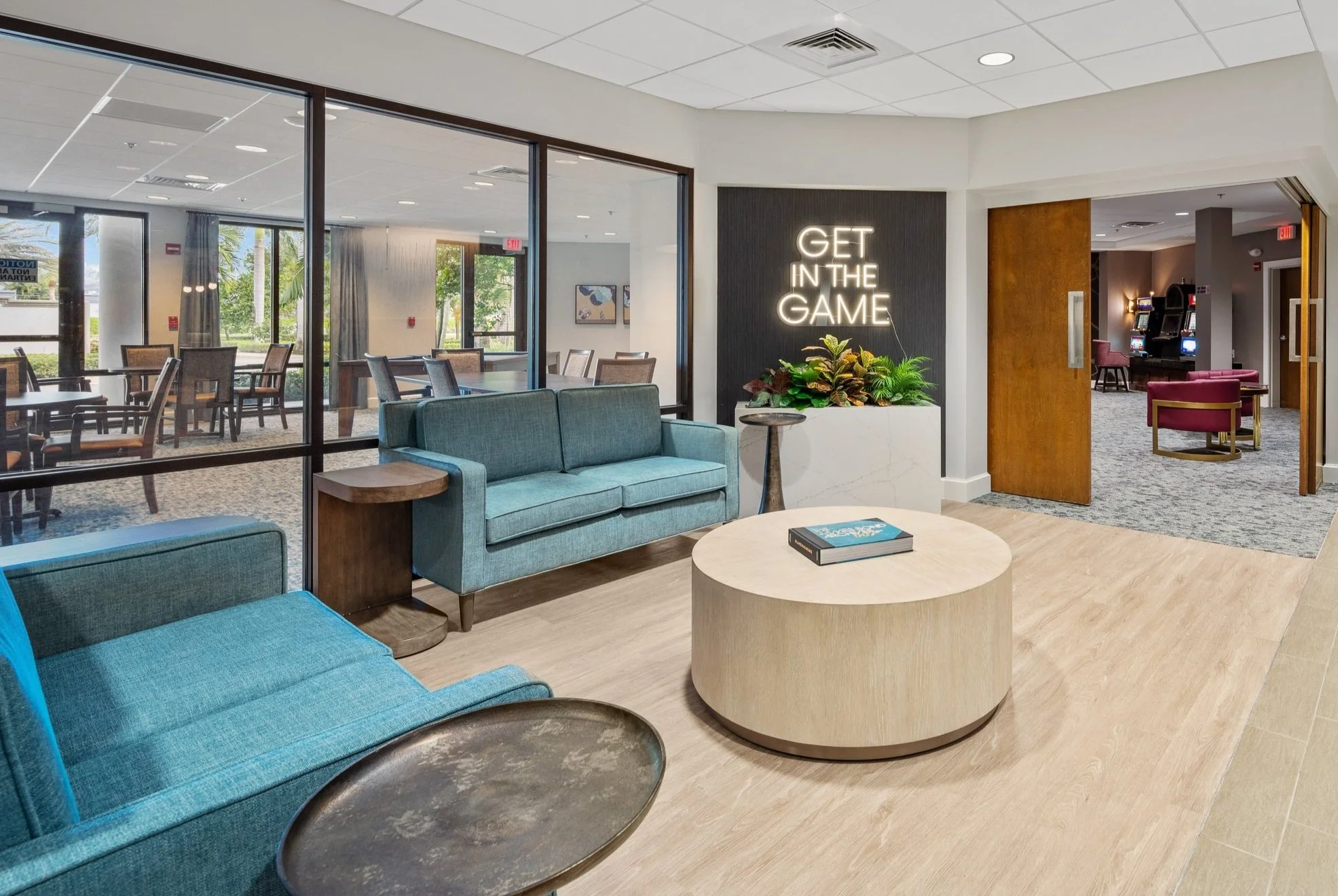20/20 Vision of the Future: Rethink What You Think You Know
20/20 Vision of the Future: Rethink What You Think You Know
A recent article in Forbes included our friend Michele Holleran’s predictions for the future of senior living. As we discussed in our recent conversation with Michele (Link Here), there are still some uncertainties; however, builders, owners, operators, and others will need to rethink how they build, reposition/renovate, and market senior living to appeal to a changing demographic of older adults.
Among Michele’s predictions as detailed in the article:
1. Acknowledge the necessity for middle-market products.
2. Understand that more people are aging solo.
3. Focus on longevity and well-being.
4. Breach the walls of the community.
5. Create opportunities for intergenerational mingling.
6. Acknowledge the increased need for memory care.
7. Employ technology to create tailored experiences and increase community building.
Sooner Station in Oklahoma focuses on having close ties to the University.
We certainly agree with her insights, and we understand the challenges and opportunities that go along with them. We would offer the following ways to be proactive regarding these predictions:
Consider cost-effective repositioning/renovation opportunities to attract and accommodate the middle market. These individuals prioritize comfort and safety. They want basic services, and they don’t realistically expect the spa or luxury hotel experience. However, they expect some frills like a full-service beauty salon, a fully equipped fitness center, varied dining options, and outdoor amenities (such as a pool and dining areas). They also value privacy and will want their own spaces when possible. The key is to focus limited budgets on creating well-designed, attractive, and functional buildings.
HOW—CAN YOU PROVIDE A FEW EXAMPLES OR DETAILS?
Underutilized spaces present opportunities for strategic redesign. Converting less-used areas like quilting rooms or combining overlapping functions, such as a chapel and a multi-purpose space, can maximize efficiency. These spaces can potentially be transformed into revenue-generating resident units, helping offset renovation costs while better serving current community needs. At the same time, some campuses are integrating high-end and middle-market buildings with some spaces and/or amenities shared by both populations.
Implement amenities that decrease loneliness and maximize personalized engagement. Nearly 30% of people aged 65 and older live by themselves. This means more than 6 million men and 10 million women. While this suggests that solo-agers value independence, many older adults living alone report feeling lonely and/or isolated. These people value amenities such as multipurpose rooms that support everything from concerts and crafting to movie nights and book clubs; common spaces that draw people with activities such as concerts or games; and dining options that enable residents to eat when, how, and what they want. (For more information on solo agers, click here.) It is important to have spaces (for example, rooms with windows or seating near doorways) for those individuals who prefer to observe instead of or before engaging.
Reach out and invite in for true intergenerational communities. In general, effective intergenerational housing involves enabling nonresidents to come on campus (such as for classes and other programming, use of fitness facilities, or mentoring opportunities), integrating residents into the larger neighborhood and community, and having all this happen easily and consistently. Buildings that enable intergenerational engagement to integrate public and resident-only spaces and have elements such as multipurpose spaces (with amenities such as retractable stages and state-of-the-art sound systems), cutting-edge technology, dining spaces, and menus that appeal to different tastes. There must also be security elements that help keep residents safe and prevent unauthorized entry to campuses and buildings.
Lean into the growing focus on longevity. People want to live better and longer, and they want communities that support their efforts. This means easy access to preventive measures (think the availability of blood pressure monitors and other devices, onsite dietary consultations, fitness coaches, etc.). Units should be designed to maximize safety with cutting-edge air filtration and lots of natural light. Balconies or patios that enable small gardens or raised beds for flowers, as well as outdoor spaces for community gardens, are increasingly popular. Consider partnering with the community at large for pop-ups featuring organic and/or vegan foods, health monitoring and other technology, non-alcoholic wine or beer, etc. Mental health is an important part of living well, so plan amenities such as meditation rooms and/or gardens.
Senior living changes and evolves as generations age and people live longer. Attitudes change, new technology emerges, and trends come and go. Communities that will thrive are those that keep a finger on the pulse of their residents and prospects, look for ways to renovate or reposition their buildings to make the most of their investments, keep buildings looking fresh and modern without straining their budgets, and have strong partnerships with designers, architects, community leaders in their cities, local schools and universities, and others. Pi Architects continues to be excited about working with senior living leaders like Michele to embrace the future and senior living communities strategize and plan for cost-effective, cutting-edge, and aesthetically pleasing communities that will attract residents today and 20 years from now.
Pi Architects | Contact us here or call us at 512-231-1910.






